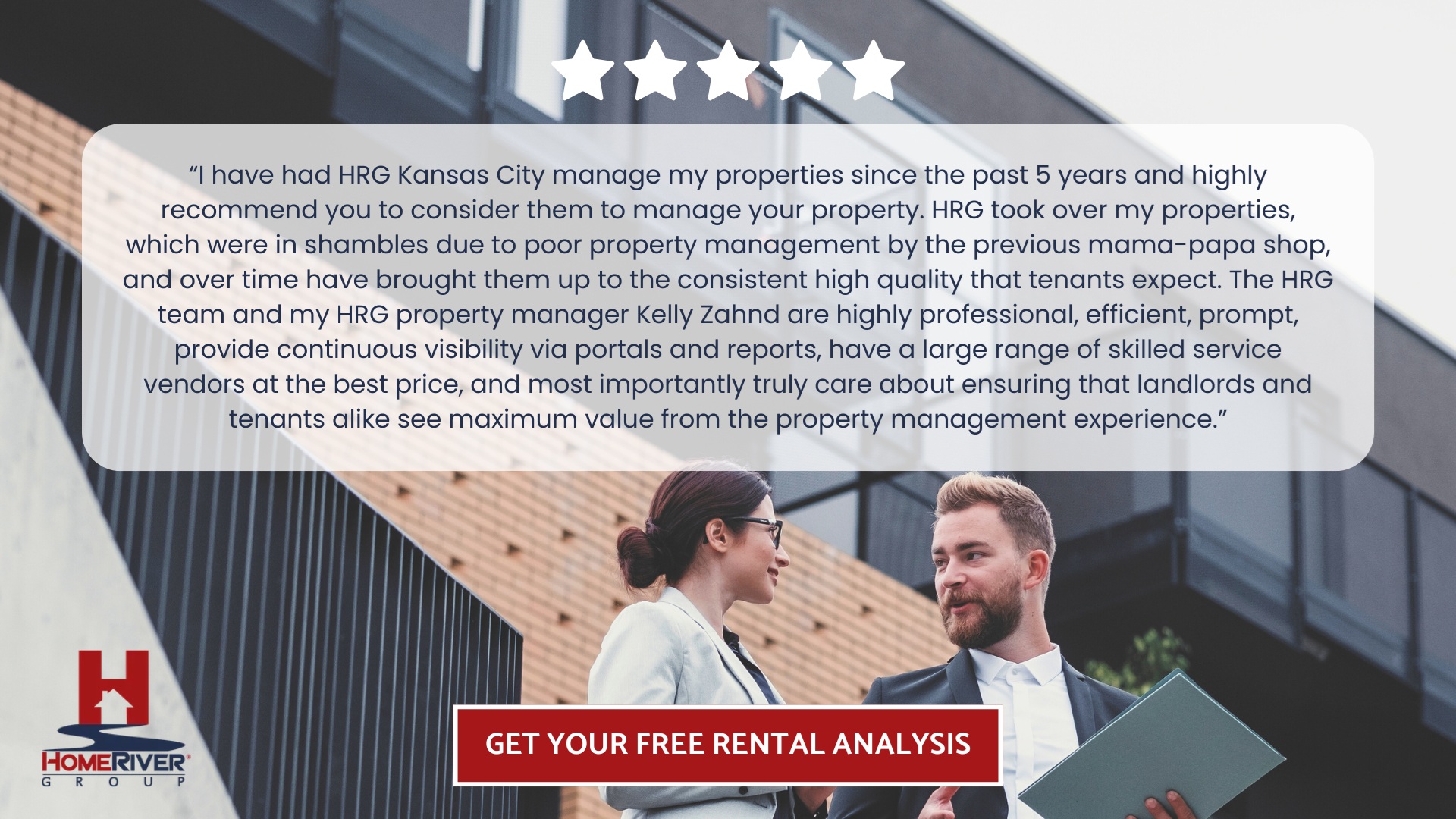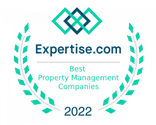
HomeRiver Group leads the nation in residential property management by combining data-driven systems with hands-on expertise. Our teams operate in over 30 states, providing investors with the scale, insight, and transparency needed to grow confidently. From leasing and maintenance to asset optimization, every service is designed for efficiency and reliability, helping property owners achieve measurable success and sustained profitability across diverse markets.
Managing several rental properties can quickly test your time, organization, and patience. Knowing how to manage multiple rental properties effectively means building systems that streamline daily operations, communication, and financial tracking. Whether juggling maintenance requests, coordinating vendors, or keeping tenants satisfied, success depends on structure and smart delegation. With the right tools and planning, property owners can maintain control while ensuring optimal performance across their entire portfolio.
In this blog, we will explore practical ways to simplify the management of multiple rental properties, including strategies for organization, automation, and delegation that help property owners stay efficient, profitable, and stress-free as their portfolios grow.
Building A Scalable Portfolio Vision
Managing a small handful of rental properties can be challenging, but as you consider expansion, developing a scalable portfolio vision becomes crucial. Growth shouldn’t be left to chance; it requires a carefully crafted strategy that incorporates long-term thinking and adaptability. Building this foundation is similar to shaping a strong rental property business plan, guiding every decision as your investments evolve.
Setting Clear Investment Goals And Tracking Performance
Start by defining your investment goals. Are you looking to maximize cash flow, build equity, or diversify across regions? These objectives will guide decisions about property types, locations, and financing structures. Maintain consistent records and metrics for each property, tracking rent, maintenance costs, turnover rates, and market trends. This data-driven approach reveals patterns and opportunities for streamlining operations.
Standardizing Processes To Support Future Growth
Next, establish standardized processes for routine tasks such as leasing, maintenance requests, and tenant communication. Workflow automation can free up valuable time and reduce human error, enabling smooth scaling even as your portfolio expands. Organize your documentation, contracts, and legal compliance records to prevent bottlenecks as you integrate new properties into your operations.
Building Reliable Networks And Leveraging Technology
Additionally, anticipate growth by building relationships with vendors, contractors, and leasing agents who can support your expanding footprint. Consider the role of centralized reporting and asset management technology in providing real-time insights and strengthening decision-making as your property portfolio evolves. By setting up an adaptable infrastructure early, you’ll position yourself to grow confidently without operational chaos.
Setting Up An Organizational Structure That Works
When managing multiple rental properties, the absence of a clear organizational structure can quickly lead to missed deadlines, tenant dissatisfaction, and financial missteps. The most effective landlords develop a system that brings order to the chaos of property management, with each process mapped out and every responsibility defined. This level of structure becomes essential when managing several rental homes, where complexity increases with every added property.
Centralizing Property Information For Easy Access
Start by cataloguing each property, including addresses, lease details, tenant contacts, and maintenance needs. Use cloud-based management software to centralize this information, manual spreadsheets can only take you so far. With everything in one place, you reduce the chance of oversights and ensure critical data is always accessible.
Assigning Clear Roles And Responsibilities
Next, establish clear roles for yourself and your team. Assign responsibilities for leasing, rent collection, maintenance requests, and inspections. Define escalation procedures for emergencies, so nothing gets lost in the shuffle when time is of the essence.
Developing Reliable Workflows For Routine Tasks
Develop a workflow for routine and recurring tasks to streamline your workflow. Calendar reminders for maintenance schedules, lease renewals, and regular inspections make sure nothing slips through the cracks. Automated notifications and digital checklists can improve consistency and accountability across your portfolio.
Reviewing And Improving Your Structure Regularly
Regularly review and update your processes. The needs of your properties, and your tenants, will evolve, so your organizational structure should too. By refining your system and incorporating feedback, you create an environment where management becomes proactive instead of reactive.
Budgeting And Cash Flow Forecasting For Multiple Doors
Managing the finances of a single rental can be straightforward—a spreadsheet, a couple of rent deposits, and regular maintenance expenses. Scale up to several properties, though, and the financial landscape becomes far more complex. Budgeting and cash flow forecasting for multiple doors require discipline, automation where possible, and a willingness to explore monthly and annual expenses deeply, projected revenues, and planned investments. As your portfolio grows, questions like how many rental properties can you own become directly tied to how well your financial systems can support expansion.
Establishing Clear Financial Records For Every Property
It starts with establishing clear financial records for every property in the portfolio. Meticulously track incoming rent, recurring expenses such as mortgages, insurance, taxes, and utility payments, as well as variable costs like maintenance and turnovers. Utilize property management software or digital accounting tools that allow for consolidated yet segmented reporting. This enables you to see both the 10,000-foot portfolio view and each property’s individual performance.
Creating Accurate And Proactive Cash Flow Forecasts
With accurate data in hand, move into proactive cash flow forecasting. Segment properties by type, location, and historical occupancy rates, then create conservative and aggressive income projections. Factor in potential vacancies, late payments, and anticipated repairs to avoid unwelcome surprises. Establish a reserve fund for each property based on factors like age, local market volatility, and typical repair costs.
Reviewing Budgets Regularly To Maintain Portfolio Stability
Finally, regular budget reviews are vital. Market conditions, seasonal tenancy trends, and new municipal regulations can alter expenses overnight. Reviewing budget forecasts quarterly helps recalibrate expectations and make informed decisions about rent adjustments, capital improvements, or potential expansion. Reliable cash flow forecasting acts as the backbone for scaling with confidence and maintaining long-term financial health across every door in your portfolio.
Streamlining Bookkeeping And Tax Preparation
Effectively managing multiple rental properties requires a seamless approach to financial organization. Each property generates its own set of income, expenses, repairs, and tax considerations. Trying to balance every detail manually invites errors and creates unnecessary stress.
Centralizing Financial Records For Better Accuracy: Effectively managing multiple rental properties requires a seamless approach to financial organization. Each property generates its own income, expenses, repairs, and tax considerations, and centralizing records ensures fewer errors while keeping everything accessible.
Using Digital Tools To Automate Key Bookkeeping Tasks: Start by adopting digital tools designed for property managers that automatically log rent payments, categorize maintenance costs, and generate monthly statements. These platforms sync with bank accounts to minimize missed entries and keep bookkeeping clean.
Reviewing Monthly Reports To Maintain Financial Clarity: Review your records regularly to catch discrepancies early and resolve late payments before they escalate. Establish consistent coding for expense categories to maintain accurate documentation and make upcoming tax preparation significantly smoother.
Preparing For Taxes Throughout The Year With Organized Systems: Streamlined bookkeeping means tracking receipts, digitizing documents, and recording deductible expenses as they occur. This proactive approach simplifies annual tax filings, reduces audit risks, and keeps your financial documentation audit-ready.
Working With Professionals Who Understand Real Estate Tax Rules: Partner with a tax professional experienced in real estate to maximize deductions and stay compliant with changing regulations. Their guidance protects your portfolio and ensures every financial opportunity is captured efficiently.
Outsourcing Tasks To Professional Property Managers
Managing multiple rental properties comes with an increasing load of responsibilities. From tenant communication to maintenance coordination, the time demands multiply quickly with each additional unit. This is where outsourcing certain tasks to a professional property manager can make a transformative difference.
Gaining Efficiency Through Expert Property Management
A professional property manager brings a level of organization and expertise that individual landlords often struggle to match. Leasing, rent collection, routine inspections, and even handling emergencies become streamlined when entrusted to experienced professionals. Rather than tracking down late rents or coordinating after-hours repairs on your own, you’ll have a dedicated point of contact who understands the nuances of local regulations and tenant expectations.
Leveraging Technology For Better Oversight And Reporting
Beyond operational efficiency, property managers often leverage centralized technology platforms. This means better documentation, faster reporting, and clearer communication, critical for monitoring financial performance across multiple properties. With the day-to-day administration off your plate, your focus can shift from routine problem-solving to strategic growth decisions.
Mitigating Risk Through Insurance And Compliance
Managing multiple rental properties requires a systematic approach to protection and adherence, two areas where insurance and compliance take center stage. It’s crucial to maintain a robust insurance policy on every property, tailored not only to physical damage but also to liability issues that might arise in a multi-property portfolio. Landlord insurance covers unexpected events; however, coverage should be regularly evaluated as your portfolio evolves, ensuring it aligns with the unique risks each property presents.
Staying Compliant With Evolving Regulations
Equally important is staying current with local, state, and federal regulations. Each property may fall under different jurisdictions, which means rules regarding tenant rights, safety standards, and fair housing can vary significantly. Keeping meticulous records and setting calendar reminders for permit renewals, inspections, and regulatory updates can help owners avoid costly penalties or legal headaches.
Conducting Regular Audits To Identify Potential Gaps
Consider conducting regular audits of both your insurance coverage and compliance status to ensure ongoing effectiveness. This proactive strategy helps spot potential gaps, whether it’s recent upgrades that aren’t yet covered or newly enacted laws that require quick action. By maintaining a disciplined approach to insurance and legal obligations, landlords are better positioned to minimize risk and foster trust among tenants.
Final Thoughts
Successfully managing multiple rental properties can seem daunting at first, but with the right systems in place, it becomes a strategic business advantage.
At HomeRiver Group, we’ve seen firsthand how delegating tasks, leveraging trusted local teams, and relying on centralized operations can turn property ownership from a daily hassle into a streamlined investment. The key is to prioritize organization, stay proactive with tenant communication, and work with a management partner who understands the nuances of your local markets.
By applying proven operational frameworks and using cutting-edge reporting technology, real estate investors can stay ahead of maintenance issues, track financial performance, and deliver consistent experiences for residents.
With the right support and expertise on your side, you can protect your investment, grow your portfolio, and achieve your real estate goals—all without getting lost in the details.
Read also:
Best Neighborhoods In Salt Lake City: Where To Live And Invest
Dallas Real Estate Market: Key Trends Every Investor Should Know
Frequently Asked Questions About How To Manage Multiple Rental Properties
What are the key challenges in managing multiple rental properties?
Managing multiple rental properties means more units, more tenants, and more complexity. Common challenges include keeping up with maintenance on each property, tracking rent payments, handling tenant inquiries on time, managing vacancies, and ensuring legal compliance across different jurisdictions. Staying organized and responsive is critical to avoid costly mistakes.
Should I use property management software?
Yes, property management software is a foundational tool when scaling up. It centralizes information, automates many manual processes, and helps monitor key performance indicators across your entire portfolio. The right solution can handle everything from rent collection and maintenance requests to tenant screening and financial reporting.
What are the benefits of hiring a property manager?
Hiring a property manager, such as HomeRiver Group, provides peace of mind and operational efficiency. Professionals handle rent collection, maintenance coordination, tenant screening, and legal compliance, all under one roof. With our national footprint and local expertise, we offer consistent service tailored to your market, helping you grow your portfolio without getting overwhelmed.
What financial tools help manage multiple properties?
Accounting tools designed for property management are crucial. They track income and expenses for each property, automate payments, and generate detailed reports for tax time or investor updates. Many solutions integrate directly with your property management software for seamless oversight.
How do I set up a maintenance schedule for each property?
Start by documenting all property assets and their maintenance requirements. Use a calendar or software-based reminder system to track routine inspections, repairs, and seasonal tasks. With multiple properties, digital solutions help maintain consistency and reduce the risk of missed maintenance, thereby protecting the value of every asset.
What digital tools can automate routine tasks?
Look for tools that automate rent reminders, lease renewals, maintenance ticketing, and financial reporting. Many property management platforms offer smart automation to minimize repetitive work, freeing up time to focus on growth and problem-solving.











